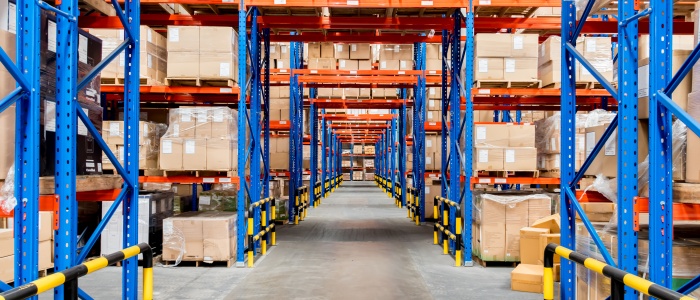What are the ingredients in your cost of production?
For manufacturing companies, it’s critical to understand your production costs. If you know your costs, you’ll have better control over your profitability and make better business decisions. I’ve had conversations where companies thought certain customer orders were critical to their business, but after understanding their costs better, they decided to turn those orders away because they were NOT profitable.
To help you determine what your cost of production actually is (versus what you think it is), here are the four primary factors to consider:
Raw materials
Raw materials are the physical materials needed to produce the product. This could be a commodity like steel or copper that is used in a manufacturing process, or it could be material that is already manufactured, such as an engine, motor, control panels, etc.
Raw materials are typically purchased from outside vendors. These costs are affected by quantity (the more you buy, the cheaper the price), market conditions (steel and copper prices fluctuate), as well as how well you plan (last-minute orders will result in paying rush charges or expedited shipping fees).
Labor
Labor costs are what you pay employees to actually perform the work. These are typically people who weld, bend, shear, assemble, etc., and are paid on an hourly basis. These costs are made up of the hourly rate, plus benefits (if applicable). These costs are affected by skill level and experience, overtime rates, and insurance and benefit costs. By scheduling more efficiently, companies can avoid overtime situations that increase their cost of production.
Overhead
Overhead costs are necessary to produce the product, but not necessarily what’s in the product itself. These costs can encompass building rent, electricity, machines, etc. Overhead can also include salaried employees who manage the direct labor force. For example, the salary for a director of manufacturing is overhead because it’s a fixed cost that’s not directly tied to making a product; whereas hourly workers are categorized as labor in production costs because they’re only paid when on the clock making a product.
Outside Services
Outside services are manufacturing activities that are essential to produce the product, but are performed outside of the company. A typical example is painting. A company will manufacture a product, send it to a vendor to be painted, and then the vendor sends it back for final inspection and shipment to the end customer.
Power BI Reporting & AnalyticsPower BI could revolutionize your business by turning your ERP data into clear insights. Want to see Power BI in action? |
Related: How To Get the Most Out of Your ERP Costing Module
What’s the bottom line?
There are many factors that affect the cost of production aside from the four we outlined above. Companies that focus on controlling their costs are typically well-managed and profitable. Infor ERP software provides every tool necessary for a company to manage their costs more efficiently and more precisely. If you want to learn more about our solutions, check them out here. If you would like to talk about your particular situation with someone who is experienced in ERP, but not a salesperson, click here to set up a free consultation with Bryan Foshee, President of Visual South.










